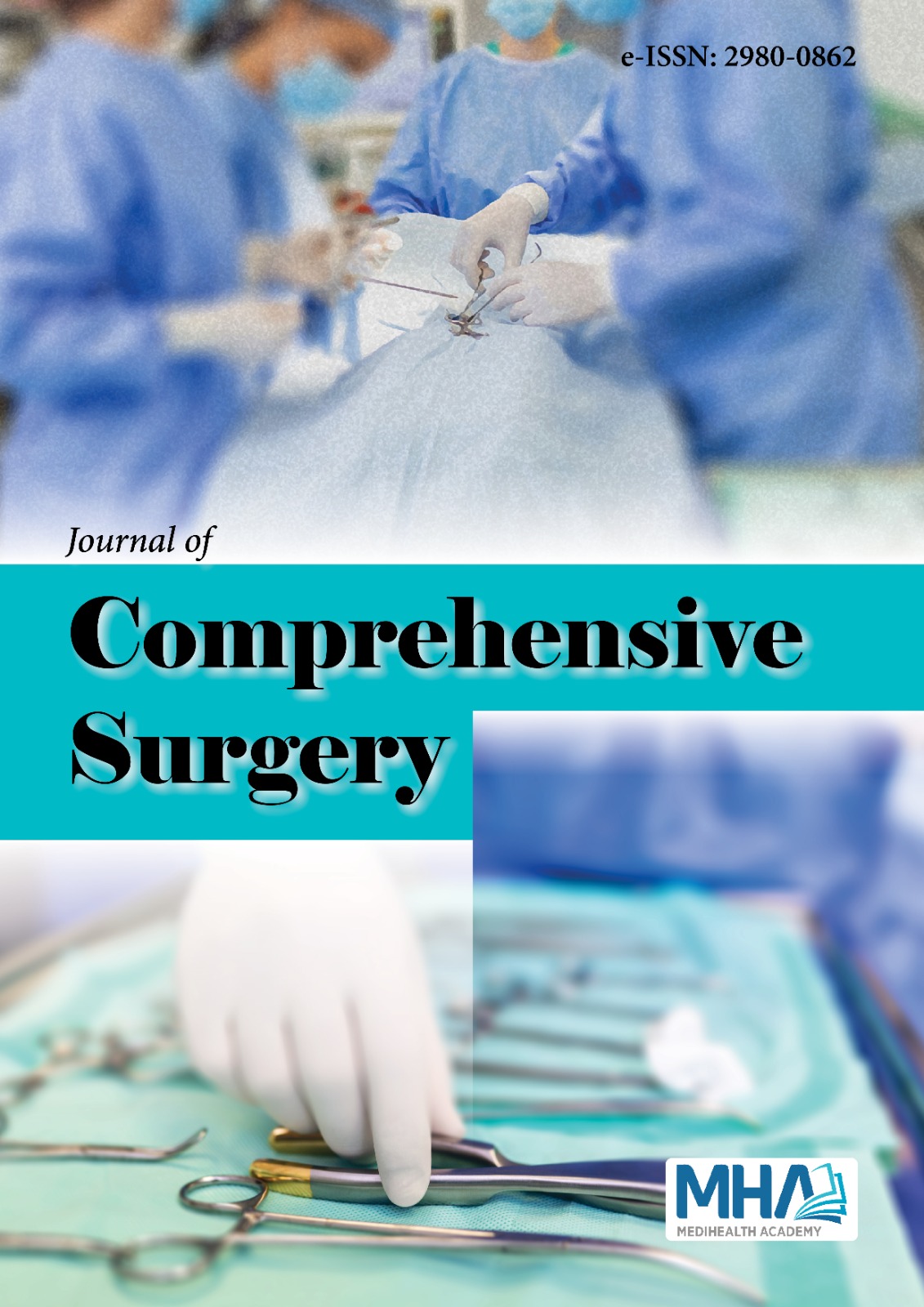1. Pizzarello L. Ocular trauma: time for action. Ophthal Epidemiol.1998;5(3):115-116.
2. Çay F, Şahin Vural G. Evaluation of the alteration in retinal featuresfollowing bariatric surgery in patients with morbid obesity. J Health SciMed. 2022;5(3):789-793.
3. Şahin Vural G, Çay F. The recovery of ocular surface after bariatricsurgery in morbid obese patients. J Health Sci Med. 5(4):938-941.
4. McCarty CA, Fu CL, Taylor HR. Epidemiology of ocular trauma inAustralia. Ophthalmol. 1999;106(9):1847-1852.
5. Matsa E, Shi J, Wheeler KK, McCarthy T, McGregor ML, Leonard JC.Trends in US emergency department visits for pediatric acute ocularinjury. JAMA Ophthalmol. 2018;136(8):895-903.
6. Akça Bayar S, Kayaarası Öztürker Z, Yılmaz G. Clinical characteristicsand outcomes of ocular injuries in pediatric patients. Turkish J TraumaEmergen Surg. 2022;28(5):654-61.
7. Puodziuviene E, Jokubauskiene G, Vieversyte M, Asselineau K. Afive-year retrospective study of the epidemiological characteristicsand visual outcomes of pediatric ocular trauma. BMC Ophthalmol.2018;18(1):1-9.
8. Kadappu S, Silveira S, Martin F. Aetiology and outcome of openand closed globe eye injuries in children. Clin Exp Ophthalmol.2013;41(5):427-434.
9. Liu Y, Hoskin AK, Watson SL. Epidemiology, aetiology and outcomeof paediatric ocular trauma in Sydney. J Paediatr Child Health.2021;57(9):1479-1484.
10. İlhan HD, Bilgin AB, Çetinkaya A, Ünal M, YÜcel I. Epidemiologicaland clinical features of paediatric open globe injuries in southwesternTurkey. Int J Ophthalmol. 2013;6(6):855-860.
11. Thompson CG, Kumar N, Billson FA, Martin F. The aetiology ofperforating ocular injuries in children. Br J Ophthalmol. 2002;86(8):920-922.
12. Kadappu S, Silveira S, Martin F. Aetiology and outcome of openand closed globe eye injuries in children. Clin Exp Ophthalmol.2013;41(5):427-434.
13. Yıldız M, Kıvanç SA, Akova-Budak B, Özmen AT, Çevik SG. Animportant cause of blindness in children: open globe injuries. JOphthalmol. 2016;2016:717351.
14. Kuhn F, Morris R, Witherspoon CD, Heimann K, Jeffers JB, Treister G.A standardized classification of ocular trauma. Ophthalmol. 1996;103:240-243.
15. Shah SM, Shah MA, Singh R, Rathod C, Khanna R. A prospectivecohort study on the epidemiology of ocular trauma associated withclosed-globe injuries in pediatric age group. Indian J Ophthalmol.2020;68(3):500-503.
16. Küsbeci T, Yiğit T, Demirhan E, Çatal Ç, Tezcan S. Epidemiologicevaluation of childhood ocular trauma. Kocatepe Tıp Derg. 2012;13:153-159.
17. Şahinoğlu-Keskek N, Cevher S, Ergin A. Analysis of subconjunctivalhemorrhage. Pak J Med Sci. 2013;29(1):132-134.
18. Parikh AO, Christian CW, Forbes BJ, Binenbaum G. Prevalence andcauses of subconjunctival hemorrhage in children. Pediatr Emerg Care.2022;38(8):e1428-e1432.

